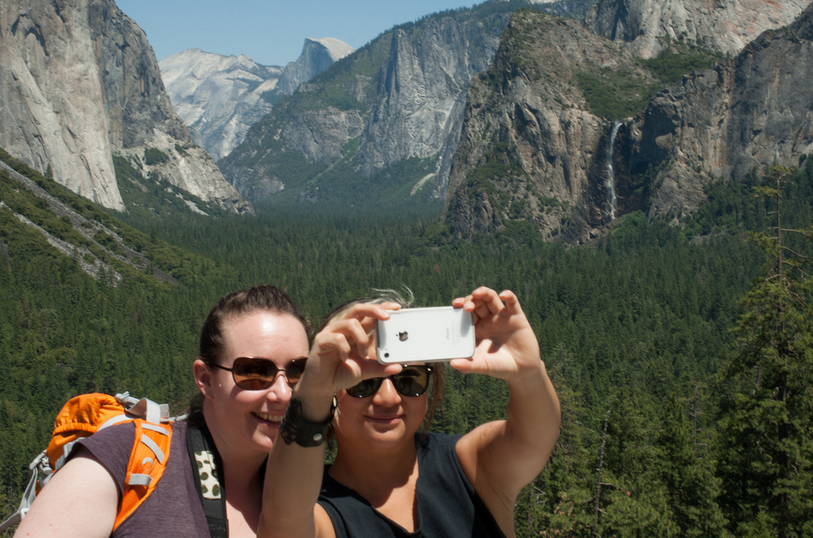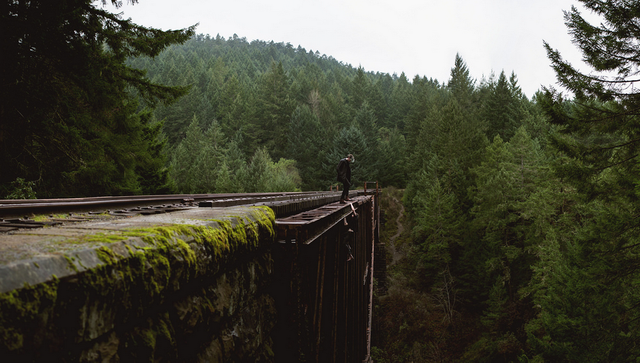The Anthropocene - Boundaries & The Global Environment

Where does the Anthropocene take place?
When trying to decide where the Anthropocene takes place, it becomes obvious that the Anthropocene is also a planetary concept – it deals with large-scale environmental change with both causes and effects at both specific, individual, local places, and the aggregated planetary level. It is spatially distributed in ways that may not be immediately obvious, where cause and effect can be far from each other, even seemingly disconnected. What do the concepts of local and global mean in the Anthropocene and what are the boundaries of the planetary. In addition, how can we visualize the global environment become very relevant questions.
I will continue from my previous articles examining the discourse between various academics, namely, Masami Yuki, a professor of English at Kanazawa University, Japan who specializes in environmental literature and Nancy Langston, a professor of environmental policy at Michigan Technological University. It is interesting to note that there is a focus on movement and changes between places, for example the mysterious ways of traveling toxics in Langston´s speech, and attachment to place, like in Yuki´s discussion regarding local production.
Boundaries are also central to the subject of the Anthropocene. It seems like boundaries are a curious thing to look at in relation to the Anthropocene, not least because of it´s possibilities to blur various boundaries, for example between human and nature (Langston, n.d). It has been argued that this common gap between people and nature has affected the environmental debate negatively, for example Ellis and Ramankutty (2008) have written about the benefits of less separation of people and ecosystems in discussion.

Planetary boundaries are also discussed in much of the literature. The concept comes from Stockholm Resilience Centre and gives an indication of a space for people to operate, while showing the planet respect (Rockström et al., 2009). The planetary borders are dealt up in nine sectors, which all have their own safety limits. These sectors should, never the less, be viewed in connection to each other as they are strongly related and the boundary of one term relies on boundaries of other (Rockström et al., 2009).
Some additional dialogue about the “planetary boundaries in a societal context” are to be found in Steffen´s (et al., 2015, 8) work. However, the approach does not take the broad societal field into the account. When using planetary boundaries as a method to estimate various situations on earth, things like equity will not be a part of the assessment (Steffen, et al., 2015). Attempts to meet the complexity of this issue are for example introduced in Powell, Larsen & van Bommel (2014). I think the method of using planetary boundaries is very interesting and a addresses speculations about some form of tool to evaluate the development of the Anthropocene for the future. Similarly, I found the methods introduced in Seddon (et al., 2014) interesting.
Place and scale are among the things that are changing and shaping perceptions of the Anthropocene. Changes of place and scale follow the differences that make the Anthropocene a special period, as I see it, with faster transports, new methods in food production and so on. But what also may differ from time to time, is our understanding and experience of things, like Yuki (n.d.) points out, people´s understanding and definition of local and global may be different today than it was for some hundred years ago. In a sense, this discourse has revealed a holistic view of the world. I believe that is a natural part of blurred boundaries.
References:
Ellis, E. C., & Ramankutty, N. (2008). Putting people in the map: anthropogenic biomes of the world. Frontiers in Ecology and the Environment, 6(8), 439–447. https://doi.org/10.1890/070062
Langston, N. (n.d.). The Anthropocene – A history of the world. In conversation with Finn Arne Jørgensen.
Powell, N. S., Larsen, R. K., & van Bommel, S. (2014). Meeting the “Anthropocene” in the context of intractability and complexity: infusing resilience narratives with intersubjectivity. Resilience, 2(3), 135–150. https://doi.org/10.1080/21693293.2014.948324
Rockström, J., Steffen, W., Noone, K., Persson, Å., Chapin, F. S., Lambin, E. F., … Foley, J. A. (2009). A safe operating space for humanity. Nature, 461(7263), 472–475. https://doi.org/10.1038/461472a
Seddon, A. W. R., Mackay, A. W., Baker, A. G., Birks, H. J. B., Breman, E., Buck, C. E., … Witkowski, A. (2014). Looking forward through the past: identification of 50 priority research questions in palaeoecology. Journal of Ecology, 102(1), 256–267. https://doi.org/10.1111/1365-2745.12195
Steffen, W., Richardson, K., Rockström, J., Cornell, S. E., Fetzer, I., Bennett, E. M., … Sörlin, S. (2015). Planetary boundaries: Guiding human development on a changing planet. Science, 1259855. https://doi.org/10.1126/science.1259855
Yuki, M. (n.d.). The Anthropocene – A history of the world. In conversation with Finn Arne Jørgensen.
Image Credit: Ben Ward - Nature selfish
Image Credit: Steven Shepherd - #316 Why do I keep falling for this?
An inspiring and deep topic about the relation of man to nature... Oh, thank you.
Very welcome and I appreciate the comment. This is definitely an important and contemporary topic which requires much debate and public discourse. There are far too many academic perceptions which in my opinion further deviate from enabling public acknowledgement or even passive acceptance for recognition of this new epoch, let alone the consequences it brings.
Upvote here. No problem though - fugetaboutit...Surely you must have lived a while in Jersey.